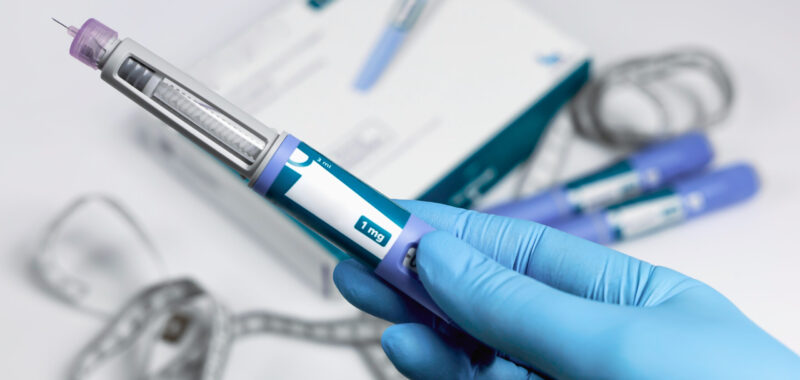Viking Therapeutics just revealed a new plan that could make waves in the weight loss industry.
So far this year, Eli Lilly (LLY 0.53%) has been on an absolute tear and is swiftly becoming the world’s most prolific pharmaceutical operation in my eyes. In addition to the unprecedented growth of its diabetes and obesity care treatments, Lilly has also secured some major wins from the Food and Drug Administration (FDA), including approval for both its Alzheimer’s disease candidate and eczema drug.
While it looks like Lilly may be entering yet a new growth period, there’s a lingering competitive threat looming in the background — and I’m not talking about Novo Nordisk.
Viking Therapeutics (VKTX -1.24%) is a clinical-stage pharma company that’s been eyeing the weight loss market for some time now. During its third-quarter earnings call a few weeks ago, Viking’s management revealed some interesting information — and if I were an executive at Lilly, I’d be listening closely.
Below, I’ll break down what’s going on at Viking and explain how the company may emerge as a competitive force in the weight loss realm.
Did Viking just outsmart Lilly?
Right now, Viking does not have any treatments that are formally approved by the FDA. Nevertheless, the company’s lead obesity candidate, VK2735, has garnered a lot of attention and is widely considered to be one of the more legitimate medications that could disrupt mainstream wight loss treatments should it receive approval.
Viking is testing VK2735 in both an injectable and oral formulation. According to the company’s latest update, the injectable form of VK2735 appears to be moving toward a phase 3 clinical trial sometime later this year. Similar to Lilly’s weight loss treatments (Mounjaro and Zepbound), VK2735 is a dual glucagon-like peptide 1 (GLP-1) and glucose-dependent insulinotropic peptide (GIP) receptor agonist.
However, during the company’s third-quarter financial update, Viking’s management dropped some breadcrumbs about a new development in the pipeline that could deliver a major blow to Lilly. Namely, Viking is in the early stages of a new clinical effort focusing on a dual agonist featuring the amylin and calcitonin receptors. Amylin is a hormone that helps regulate blood sugar levels and control appetite, while calcitonin is a metabolic hormone.
During the company’s earnings call, Viking CEO Brian Lian told investors that one of the goals from the dual amylin-calcitonin agonist is to “combine it successfully with VK2735 or other things in the pipeline.”
In essence, Viking could be in the early stages of developing a quadruple-pathway weight loss drug featuring the GLP-1/GIP-1 receptors in VK2735 in combination with a new agonist featuring amylin and calcitonin hormones.
Why should Eli Lilly care?
As I alluded to above, Lilly’s Mounjaro and Zepbound are dual agonists for GLP-1 and GIP-1 receptors. However, the company has also been working on another obesity drug called retatrutide, which is classified as a triagonist that targets the GLP-1, GIP-1, and glucagon hormones.
During Viking’s third-quarter earnings call, Lian explained that the amylin program will likely be most beneficial “in conjunction with another mechanism” because “what you see is a real nice improvement in efficacy when you add it on top of another mechanism. With a GLP-1, you see a 50% bump or so. So if you were to add it on to a dual agonist, and it showed a similar improvement, that would likely be the best in the industry efficacy profile.”
The idea here is that Viking’s quadruple combination may have a leg up on Lilly’s triagonist approach. If this winds up being the case, Viking’s differentiated obesity treatment could put it on a fast track to gain market share in the weight loss space and slow down Lilly’s momentum.

Image source: Getty Images.
Keep this in mind
On the surface, you might think that Viking is on the verge of some major disruption. But as I often encourage investors to do, it’s important to zoom out and think about the big picture.
Remember, Viking has yet to receive FDA approval for any of its weight loss treatments. And while the combination of VK2735 with another dual receptor is intriguing, this pursuit will require a lot of time-consuming and expensive clinical testing and research over the course of several years.
At the end of the day, I would not be worried just yet if I were in Lilly’s position.

